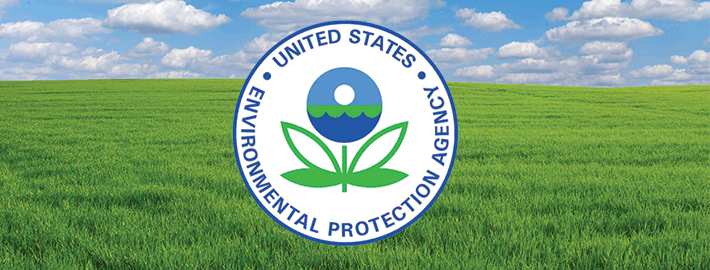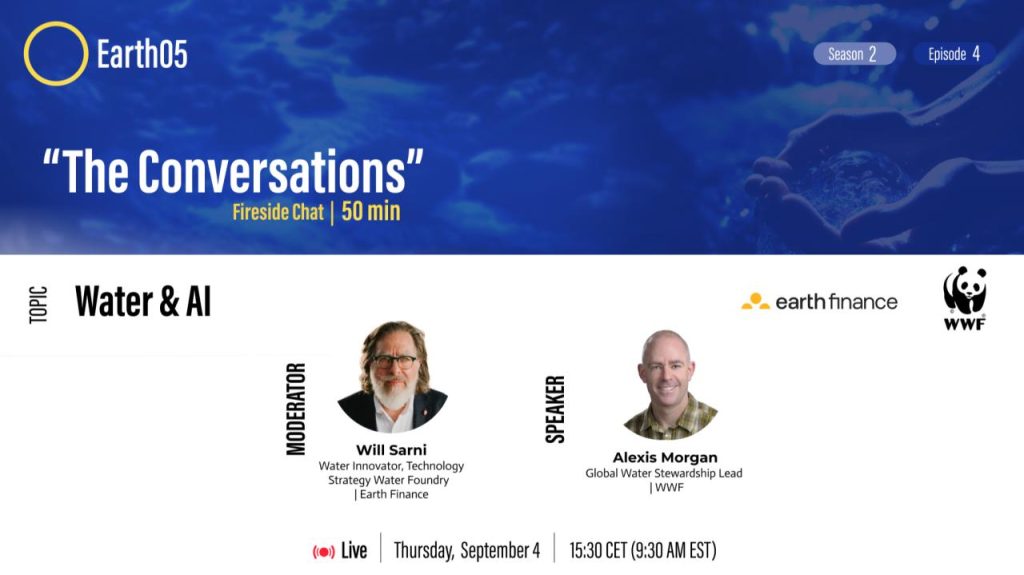- Advancements in Mapping Potential Wetland Areas Across the Conterminous United States – Lauren Krohmer, EPA Office of Research and Development
Increased availability and accessibility to 10-m landcover, topographic, and environmental data alongside tools and computers to process these data at the continental scale support large-scale landcover modeling. EnviroAtlas researchers harnessed 17 datasets at 10-m resolution and the Random Forest algorithm to identify locations across the conterminous United States that are likely to support a wetland ecosystem based on biophysical characteristics. The associated suite of products from this research provides opportunities to highlight locations for wetland construction, conservation, and restoration to contribute targeted ecosystem services related to nearby threats, including pollution from agricultural runoff and flooding.
- Interception of Agricultural Surface Runoff by Wetlands Across CONUS – Scott Alford, EPA Office of Research and Development
Wetlands are widely valued for their effectiveness in reducing nutrient loads in surface waters, but there is growing need for targeted wetland conservation and construction to maximize impacts on water quality management while efficiently investing resources in wetland projects. This presentation will describe efforts to identify existing and potential wetland areas that intercept agricultural nonpoint source pollution in the form of surface runoff as a means of nutrient management across the conterminous United States (CONUS). This framework represents the initial steps in developing a CONUS scale wetland prioritization tool to be used for water quality management.



